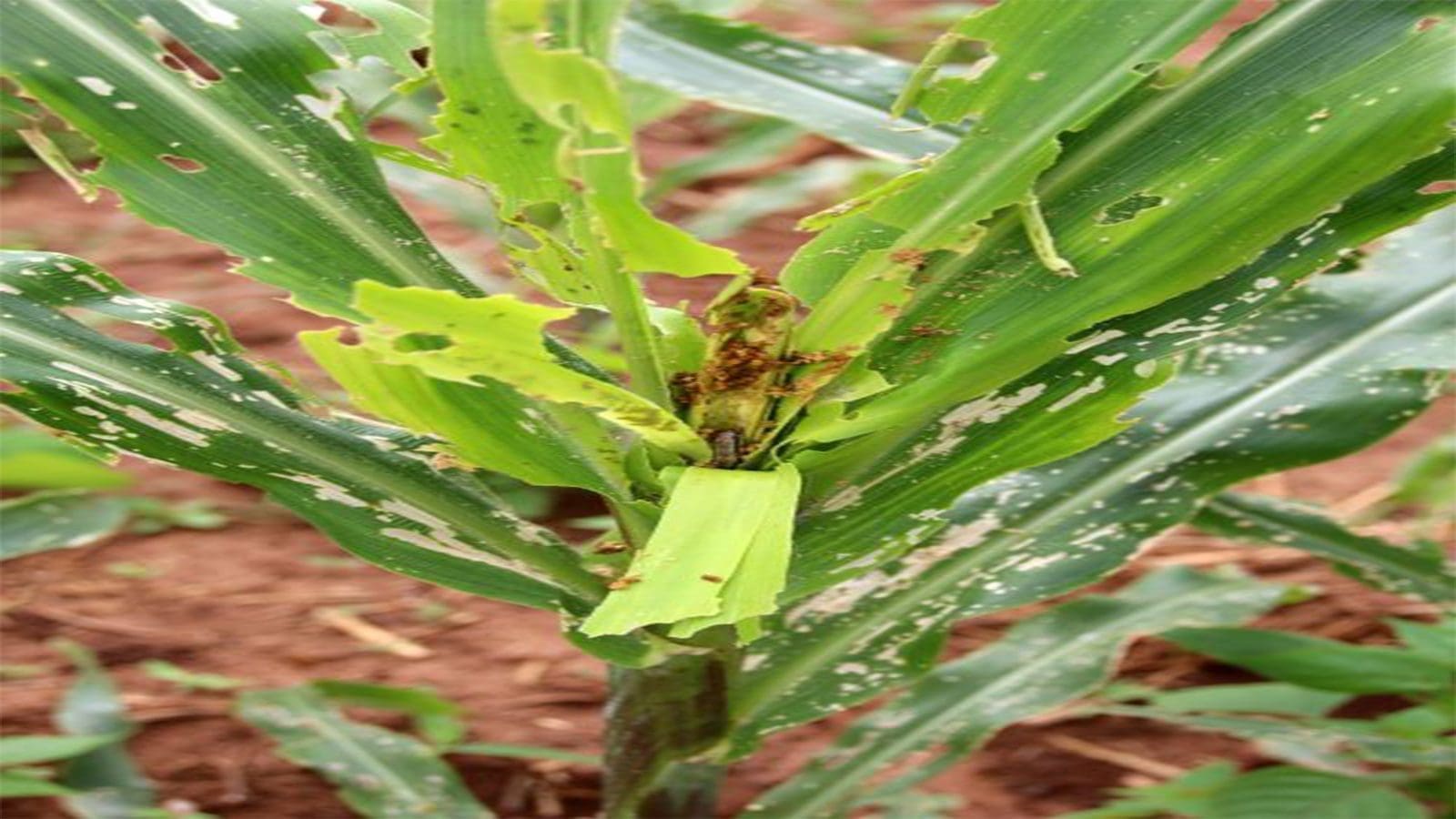UK – Researchers at Campden BRI, a science and technology British Institute for the food and drink sector and Sterafill, a UK based packaging specialist, have come up with plasma technology capable of cutting packaging pre- and re-sterilization times by up to 93%, compared to traditional methods.
Funded by the governmental body, Innovate UK, the project has allowed the teams to develop the world’s first commercial sterilization system using plasma technology.
Cold plasma is a novel nonthermal food processing technology that uses energetic, reactive gases to inactivate contaminating microbes on meats, poultry, fruits, and vegetables.
This flexible sterilization method uses electricity and a carrier gas, such as air, oxygen, nitrogen, or helium hence antimicrobial chemical agents that can prove to be hazardous are not required.
Plasma technology has a number of advantages over traditional methods in that it takes up significantly less floor space, allows manufacturers to adjust packaging during the run without compromising the aseptic zone and reduces downtime with its rapid re-sterilization process.
“Part of what makes this technology special is that it allows for a much smaller aseptic zone compared to traditional methods and sterilizes to the point of fill. Not only does this save on space, but also allows manufacturers to adapt packaging with less risk of breaking the aseptic zone,
“If the aseptic zone is ever breached, the results from the recent research found that re-sterilization can occur in just 30 minutes which is up to 93% quicker than traditional methods, “said Paul Newman, managing director at sterafill.
The green technology has confirmed a log reduction of Bacillus spores greater than 4.74 setting sterafill on the way towards acquiring the Food and Drug Administration (FDA) approval on the use of the new plasma system.
The study was conducted on laminar sheets that are used to form stick packs i.e. cylindrical shaped pouches, meaning the current application lies with both wet and dry ambient-stable products in this packaging format – such as UHT milk or powders but there is potential for further applications on other laminate materials.
Paul Newman, managing director at sterafill and project lead highlighted that the research has opened a gateway on how plasma can be utilized by the food industry to sterilize packaging.
The results were gained with the technology operating near commercially relevant speeds on a single lane machine.
The team’s focus now shifts to scaling up the system to be used on multi-lane setups, making it even more applicable to the industry.
There is potential to further develop the technology for use on other packaging formats that require sterile packaging material.
The breakthrough in plasma technology comes as demand for aseptic packaging rises.
Last year, liquid beverage specialist, Sidel, took its novel aseptic packaging to Japan to meet a sharp increase in demand for dairy-based beverages in the region.
This year, UFlex, India’s largest multinational flexible packaging and polymer science company, doubled its production capacity for aseptic beverage packs to meet rising demand.








